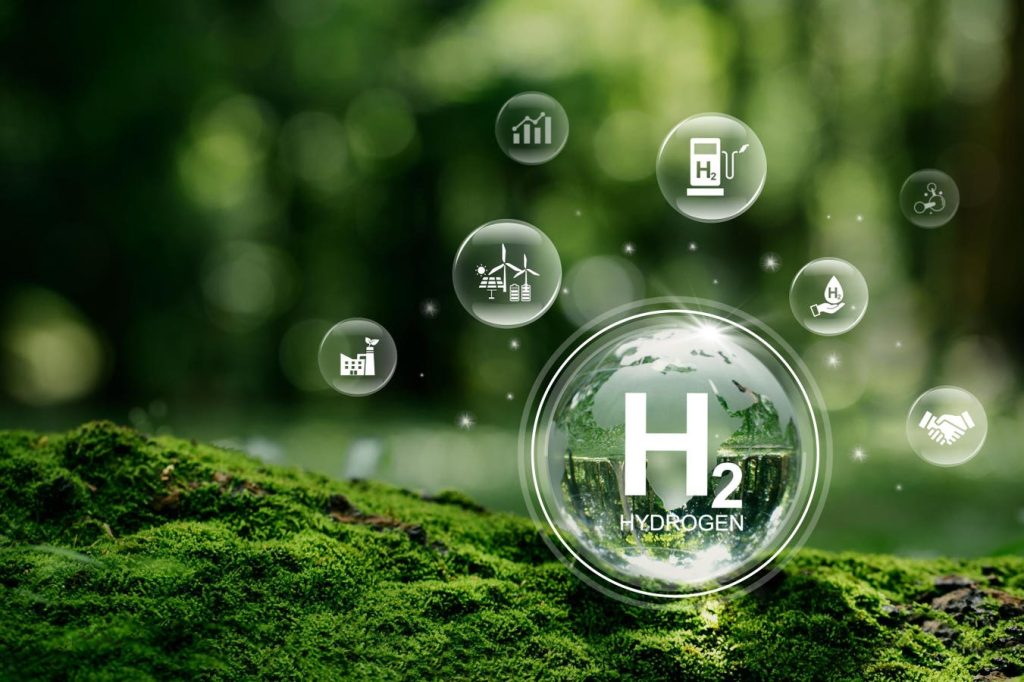The process of finalizing regulations for the section 45V hydrogen tax credit has proved to be a challenging task for Treasury and the IRS, with numerous comments and debates surrounding the proposed rules. A key issue in the discussions is the treatment of fugitive methane sources, particularly renewable natural gas (RNG), in relation to the eligibility for the tax credit. The upcoming regulations are expected to address the conditions for certificates for RNG and fugitive methane, which could impact the qualification of steam methane reforming facilities with carbon capture for the credit.
The leakage of methane, a greenhouse gas, from containers and pipelines is a critical concern in the debate, with varying opinions on how to account for methane emissions in calculating eligibility for the section 45V credit. Different stakeholders have proposed alternate approaches to measuring and verifying methane leakage rates, with some advocating for basin-specific rates to accurately reflect the emissions burden of downstream uses. The use of differentiated gas certificates for evaluating tax credit eligibility is also under scrutiny, with calls for standardized criteria for certificates.
Coal mine methane, a significant source of fugitive methane emissions, has also been highlighted in the discussions, with arguments for its inclusion in the tax credit regulations. Companies interested in capturing coal mine methane for hydrogen projects have raised concerns about the exclusion of this methane source in the current regulatory framework, despite its potential environmental benefits. Calls have been made to align the treatment of coal mine methane in the tax credit regulations with current research and development models.
Hydrogen hubs, representing different regions and industries, have expressed varied concerns and recommendations in their comments on the proposed regulations. Issues such as incrementality, temporal matching, and deliverability criteria have been raised by these hubs, each advocating for tailored regulations that account for regional characteristics and environmental policies. While some hubs argue for flexibility in meeting regulatory requirements, others call for standardized approaches to ensure consistency in tax credit eligibility assessment.
The potential impact of the regulations on hydrogen production projects in different regions, such as Appalachia and California, has been a central theme in the comments submitted by hydrogen hubs. Concerns about the restrictive nature of the 45VH2-GREET model and its alignment with the legislative intent of the tax credit have been raised, particularly in the context of incentivizing low-emission natural gas sources. Various hubs have proposed alternative solutions to address the challenges posed by the proposed regulations and ensure the continued growth of clean hydrogen production.
Overall, the process of finalizing regulations for the section 45V hydrogen tax credit has sparked a robust debate among stakeholders, with diverging opinions on how best to account for fugitive methane sources and ensure the environmental integrity of hydrogen production projects. As Treasury and the IRS work towards releasing the final regulations, they must navigate these complex issues and balance the interests of various industries and regions to promote the growth of clean hydrogen technologies.


